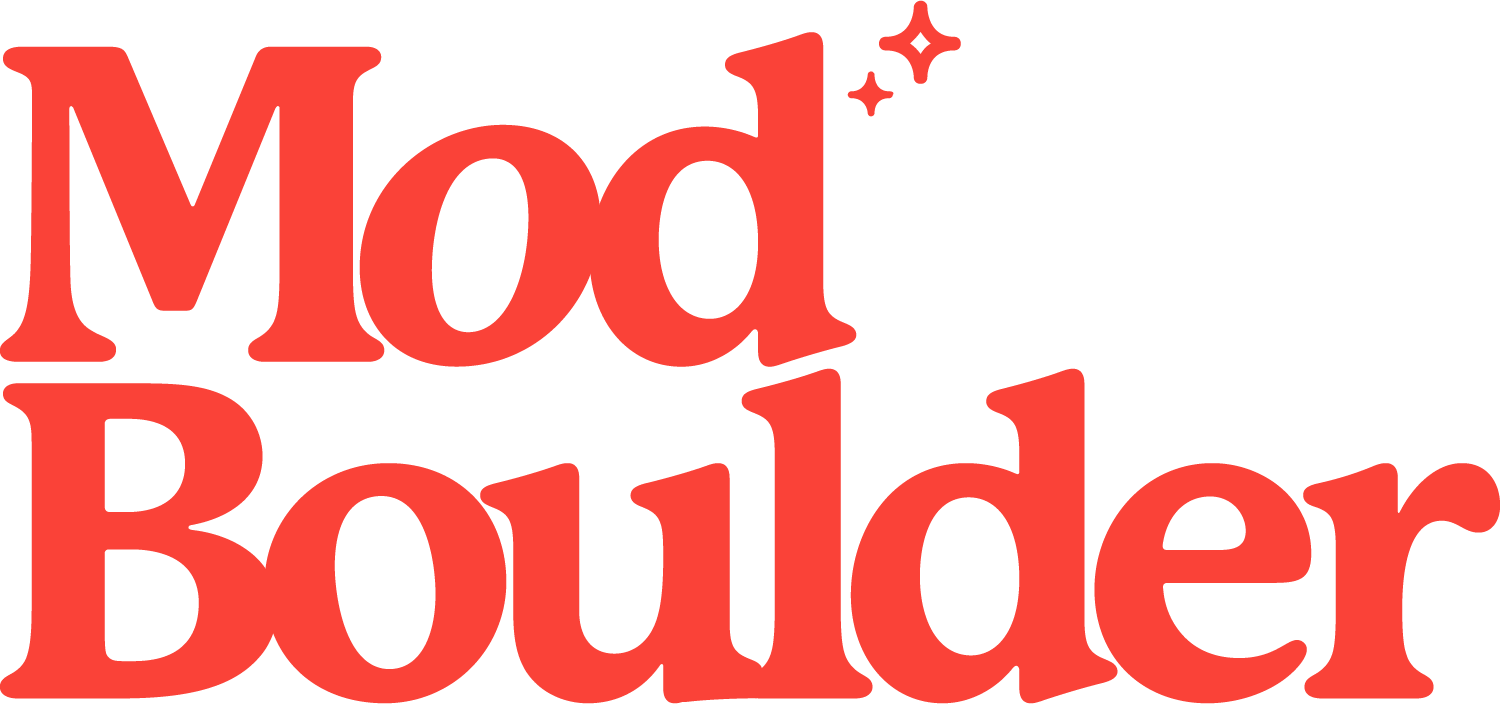South Boulder’s Rich Farming Heritage
Today, South Boulder is known for its laid-back lifestyle, strong sense of community, and its close proximity to iconic trails and lauded national laboratories. However, over a century ago, the landscape was much different: three major farms—Martin, Kohler, and Viele—occupied the undulating terrain. Over time, these family farms morphed into the neighborhoods of Martin Acres, Highland Park, and Table Mesa. Join me on a journey back in time to explore the evolution and history behind three of Boulder’s foundational farms.
Martin Farm (Martin Acres)
One of Boulder’s most well known ranchers, William Martin, arrived in Boulder with fellow prospectors looking for their next mineral strike. In fact, Martin was part of the prospecting group who discovered the Caribou deposit. After cashing in, this discovery provided Martin with wealth beyond his expectations; he used his earnings to purchase a large tract of land, which was south of Boulder at the time.
Eventually, Martin sold the land that became Highway 36, the Denver-Boulder Turnpike. While he and his family didn’t support the Turnpike—its development would cut off a portion of the farm from the remaining tract—they recognized its importance to the community and went ahead with the sale. The Turnpike opened in 1952 and two years later in 1954, the Martin Acres subdivision was established. By 1960, Martin Acres had grown to 1,200 houses, making it Boulder’s largest residential subdivision to date.
Two early 1960s model homes for the subdivision are still located along Moorhead Avenue. The home located at 3375 Moorhead Avenue was the split-level model, while the home located at 3405 Moorhead was the ranch model. In 1963, home prices in the Martin Acres subdivision ranged from $15,000 to $20,000, according to the Denver Parade of Homes.
Martin Acres’ proximity to South Boulder’s postwar industry boom led to its role in housing many of the employees who worked in these emerging industries, such as aerospace and atmospheric research at the National Bureau of Standards.
Concurrently, Broadway Road, the thoroughfare running along the western edge of Martin Acres, was widened from its original two lanes to a four-lane road. This only elevated the subdivision’s desirability in South Boulder’s rapid growth and expansion.
Kohler Farm (Highland Park)
Another of Boulder’s important pioneer families was the Kohlers. Instead of seeking their fortune in the mines west of town, the Kohler family focused on cattle ranching. Frederick W. Kohler obtained 800 acres south of Boulder, where he operated an extremely successful cattle business. Two residential subdivisions now occupy the Kohler ranching property: Highland Park and Table Mesa.
Experienced developers Turnpike Builders applied many residential design principles that were common hallmarks of post-WWII neighborhoods, including community parks and street-accessible driveways in the front yard. Highland Park’s houses of the early 1960s represented the continual transition toward taller split-level and two-story houses, ranging in stylistic designs.
Like Martin Acres, Highland Park’s proximity to the growing tech and science employment centers of the era led to this subdivision to be a top choice for many of the employees. Meanwhile, the opening of the Denver-Boulder Turnpike (thanks to the Martin family) and a shopping strip adjacent to the subdivision at the southeast corner of Baseline Road and Broadway further encouraged new housing in Highland Park, bringing new patterns of development to South Boulder.
Viele Farm (Table Mesa)
Adjacent to the Kohler property was the Viele Farm. The Vieles brought with them the area’s first large steam threshing machine, a piece of farm equipment that removes the seeds from the stalks and husks. Eventually, Rosetta Viele married into the Kohler family, uniting these two powerful clans. Following William Viele’s death, the Toedtli family purchased the land and continued to operate the property as a ranch until 1955, when they sold to the developers of the Table Mesa subdivision.
The entire Table Mesa subdivision was originally part of the 922-acre Viele Ranch. Between 1958 and 1967, developers constructed 1,270 residential houses and a 40-acre park surrounding Viele Lake.
Table Mesa’s housing was larger houses than those typically constructed in the 1950s. They were also taller. Bi-level, split-level, and two-story houses were common in the subdivision. These multi-storied house plans offered family zones to separate the bedrooms from the noisier living areas as the young families grew into families with older children. With automobile ownership increasing, attached garages or carports became the norm, with the garage often accommodating two cars rather than just one.
South Boulder Today
While today’s growing bustle in South Boulder is undeniable, the pastoral charm of yesteryear can still be found in the area’s quiet parks, rolling hills, and open space. The pioneering families left an indelible mark on our city’s history, and the neighborhoods and subdivisions established in the mid-20th century still reflect qualities of the serene farmland that served as the foundation for this historic area.

